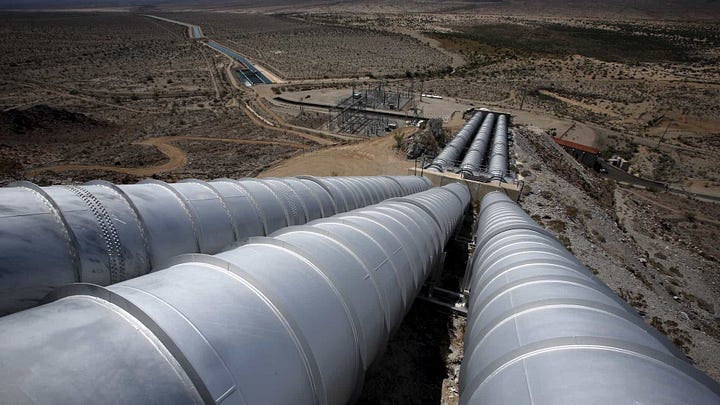Recently, I've been delving deeper into the study of data engineering, a field that I confess to enjoying very much and which has always aroused my curiosity. The world is generating increasing volumes of data, and we are constantly trying to analyze this information, create models, and maintain a competitive position based on this data.
However, for all this to happen, it is essential to develop infrastructures that deliver this data to companies efficiently, ensuring that it is formatted correctly and to the expected standard.
In this article, I will approach the concept of the data pipeline in a more comprehensive and accessible way, avoiding technical jargon. The idea is to explore the main concepts and provide an understanding of the process for people who are not familiar with the context.
Pipelines
A data pipeline is essentially a method for transferring data from a source to a destination, such as a Data Lake. In other words, it's a technical solution for moving data from one location to another.
During this process, we make modifications to the data to suit our needs. The data pipeline consists of the steps involved in aggregating, organizing, and moving data. As a result, the data reaches a state that can be analyzed and used to develop business insights through analysis and model building.
These treatments throughout the process represent the main elements of a data pipeline.
Sources: Sources are where the data comes from. Common sources include relational database management systems, social media, spreadsheets, PDF files, or even images.
Processing: Once the data has been extracted from the source, it needs to be processed. In general, data is extracted from sources, manipulated and altered according to business needs, and then deposited at its destination. Common processing steps include transformation, augmentation, filtering, grouping, and aggregation.
Destination: The destination is the place where the data is directed at the end of processing, usually a Data Lake or Data Warehouse for analysis. This is where analysts and data scientists find the data they need for their analysis and model building.
It is worth noting that these steps are not necessarily carried out sequentially, but can occur in parallel, coordinated using orchestrators.
Why do we need these pipelines?
We deal with significant volumes of data these days. Companies generate terabytes of data every year from their operations and interactions with users.
To analyze this data and build efficient models, it is essential to have a single view of the entire data set. When this data is scattered across multiple systems and services, it needs to be combined in ways that make sense for more in-depth analysis.
Fetching data directly from the source to build analyzes and models can be unreliable, due to the various points during transportation from one system to another where corruption or bottlenecks can occur. In addition, the effort of those consuming the data will increase.
This is why data pipelines are critical. They eliminate most of the manual steps in the process and enable a smooth, automatic flow of data from one stage to the next. They are essential for real-time analysis, helping to make faster, data-driven decisions.
By consolidating data from multiple sources into a single, reliable source, you ensure consistent data quality and enable rapid analysis for more valuable insights.
I hope I have helped in some way.
See you in the next post.



